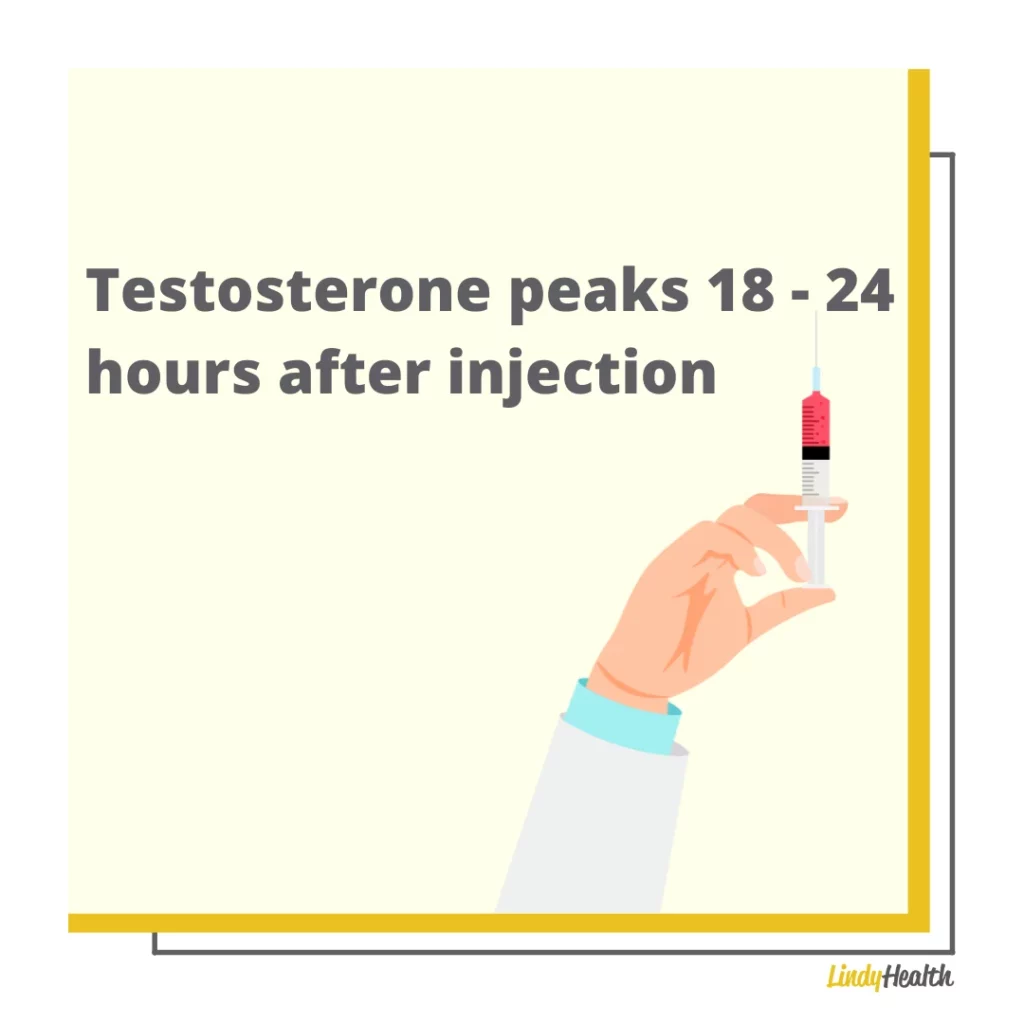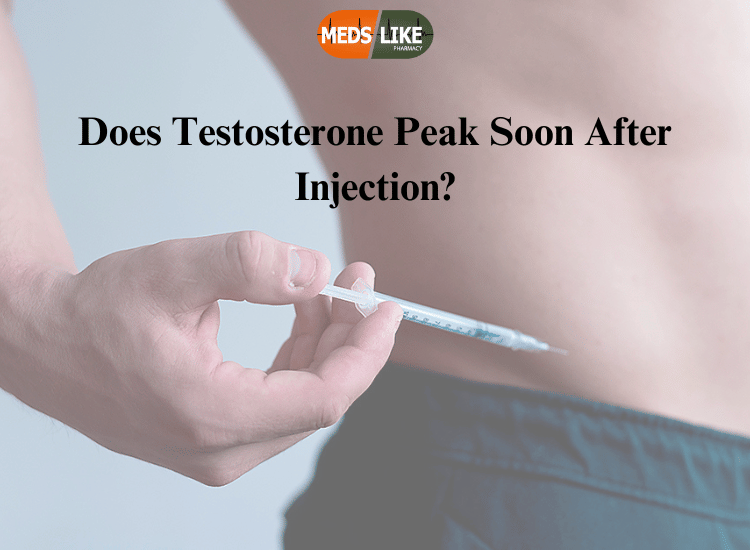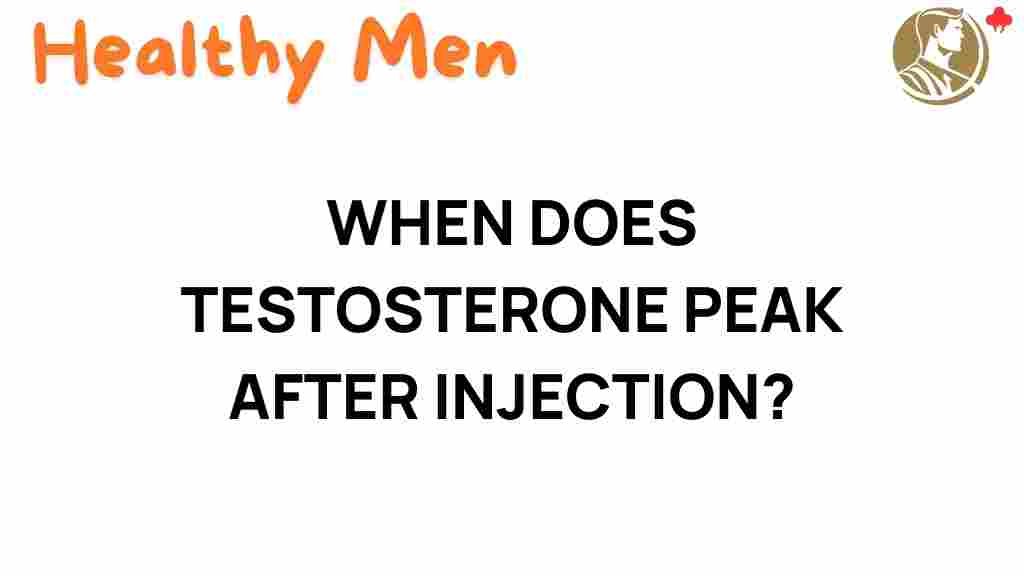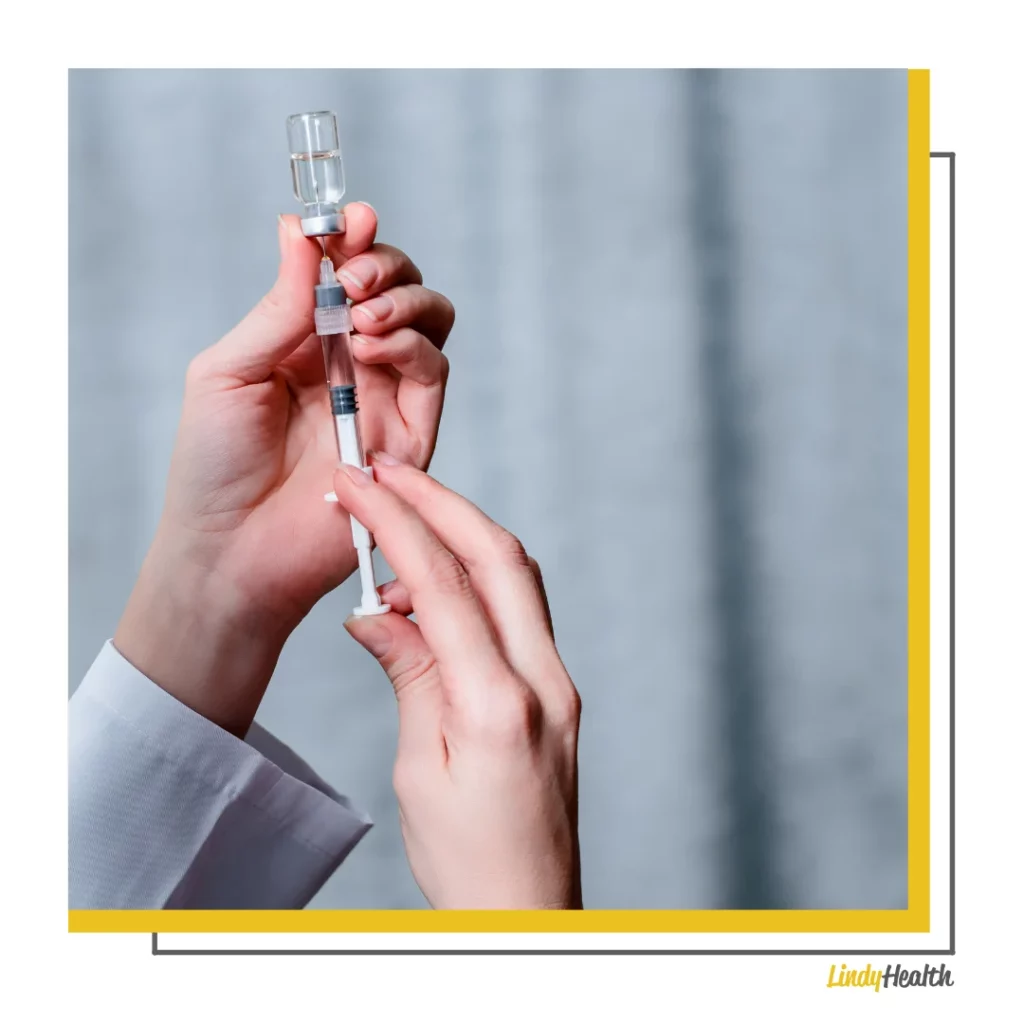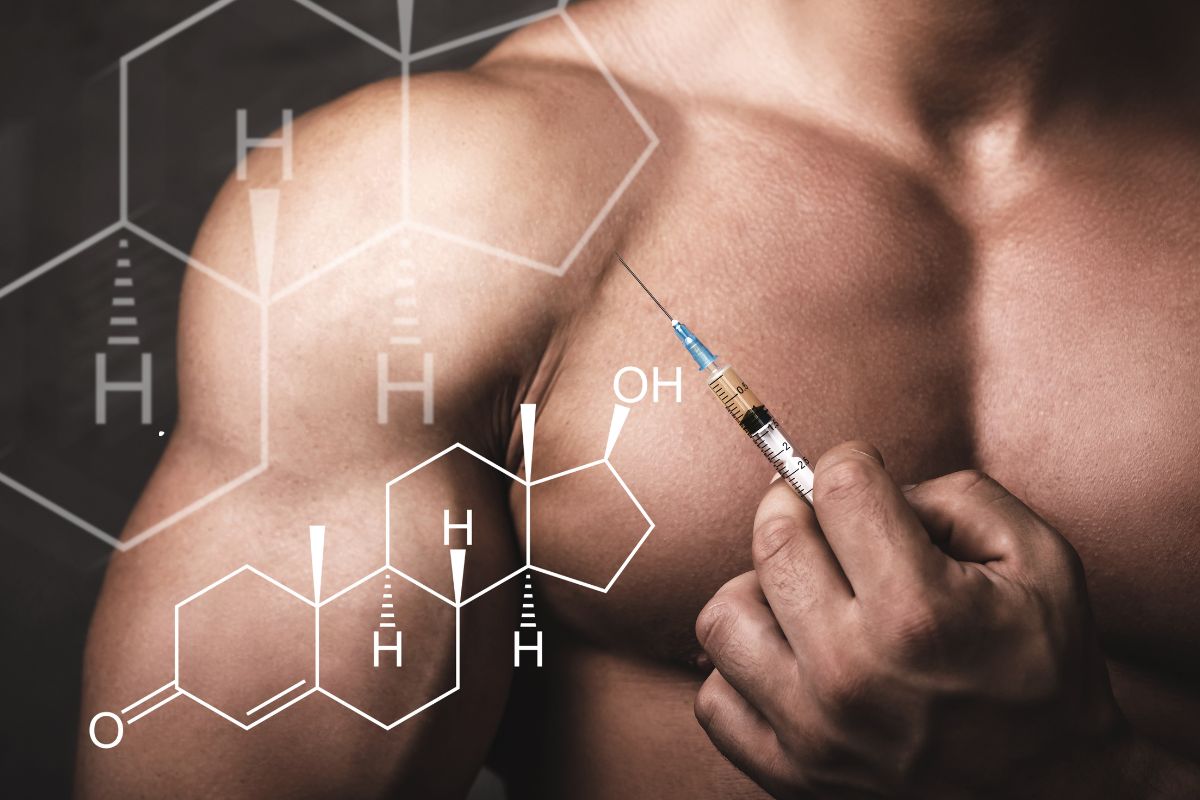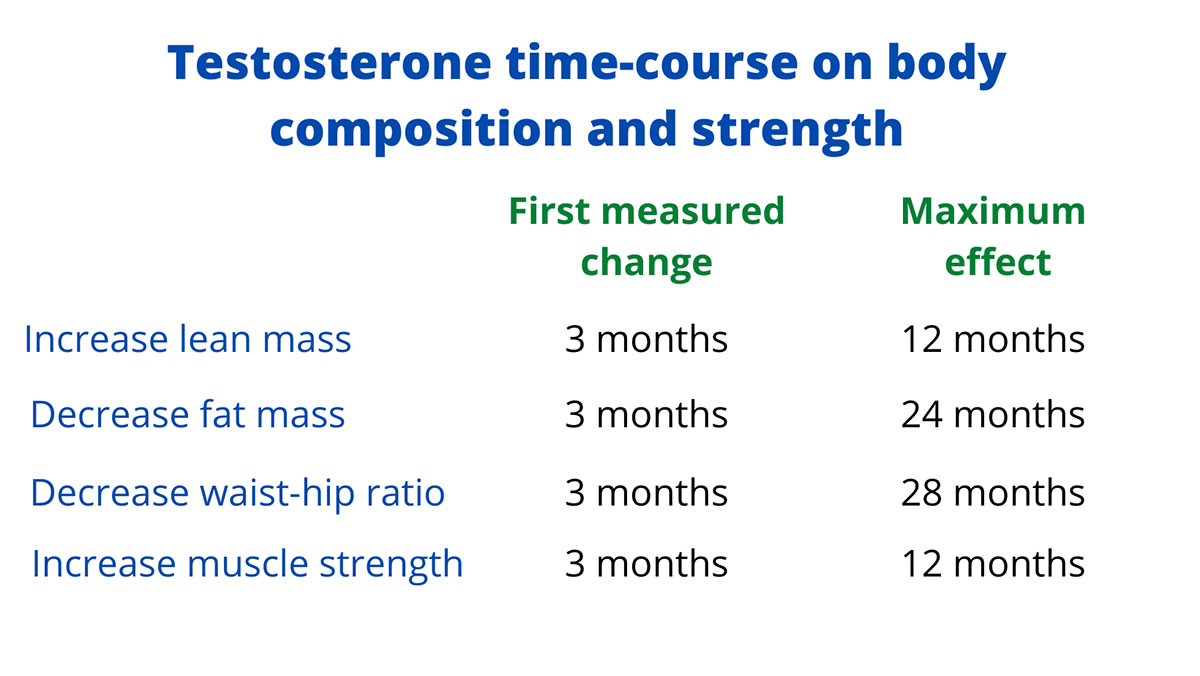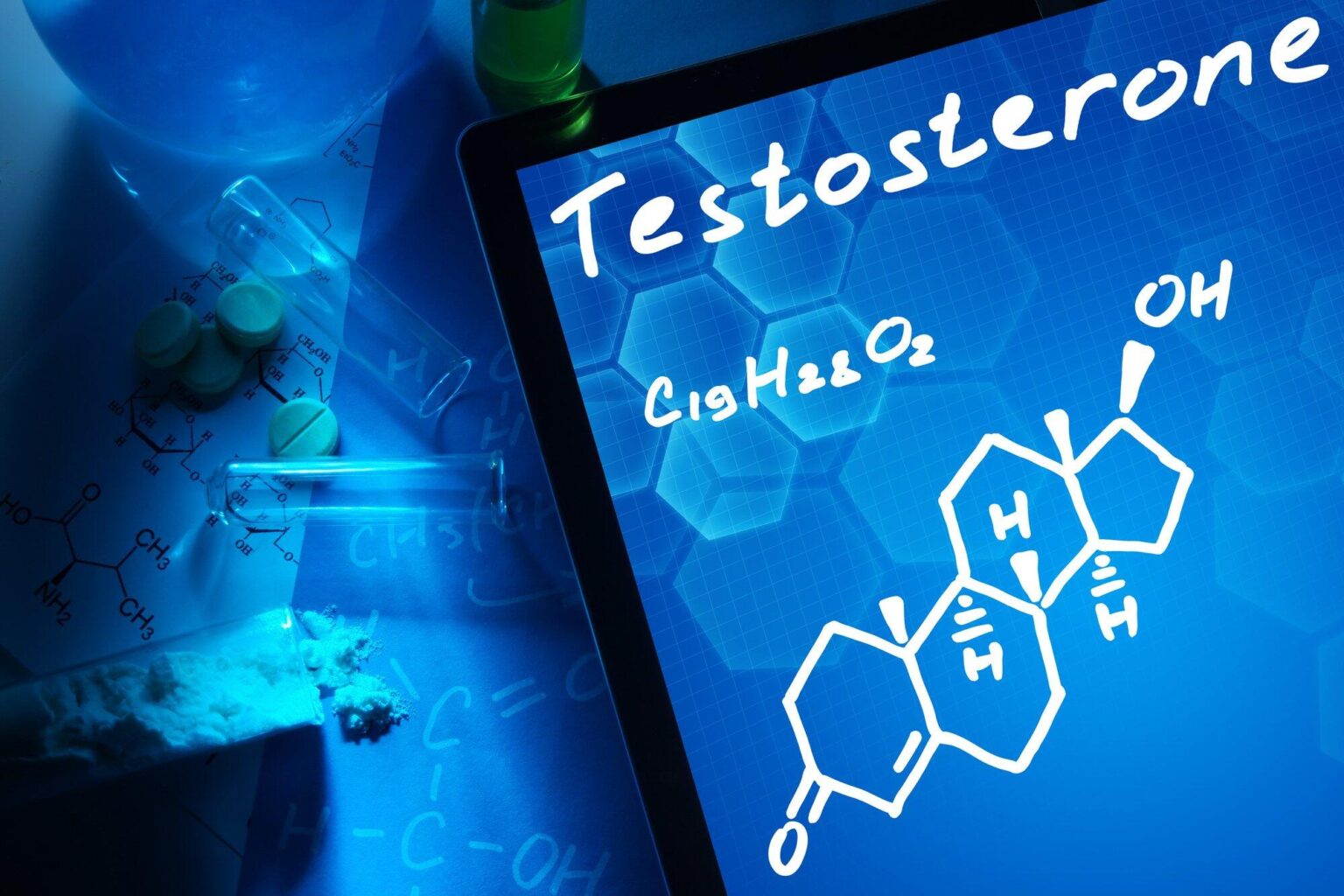When Does Testosterone Peak After Injection

Imagine the feeling of renewed energy, sharper focus, and a revitalized sense of well-being. For many men, this is the promise of testosterone replacement therapy (TRT). But it's not an instant switch; understanding the timeline of how testosterone levels fluctuate after an injection is key to managing expectations and optimizing treatment. It's a journey with peaks and valleys, a carefully orchestrated dance between the body and the medication.
The timing of peak testosterone levels after an injection varies depending on the type of ester attached to the testosterone molecule. The ester determines how quickly the testosterone is released into the bloodstream. Understanding this peak, the "nut graf," is crucial for patients and healthcare providers to effectively manage treatment plans, monitor progress, and make any necessary adjustments for optimal results.
Understanding Testosterone Esters and Release Rates
Testosterone isn't administered in its raw, unadulterated form. It's typically attached to an ester, which acts as a kind of time-release mechanism. The ester influences the drug's solubility and, therefore, how quickly it's absorbed into the bloodstream and metabolized by the body.
Common testosterone esters include cypionate, enanthate, and propionate. Each has a different length carbon chain that dictates its release rate. These esters are attached to the testosterone molecule to slow down its absorption, extending its therapeutic effect.
Testosterone Cypionate and Enanthate
Testosterone cypionate and testosterone enanthate are two of the most frequently prescribed forms of injectable testosterone. They are known for their relatively long half-lives, which translate to less frequent injections. This is often a preferred approach for individuals seeking stable hormone levels.
After an injection of either cypionate or enanthate, testosterone levels typically peak within 24-72 hours. The exact timing can vary based on individual factors like metabolism, body fat percentage, and injection site. However, this window represents the period of highest concentration in the bloodstream.
Following the peak, testosterone levels gradually decline over the next several days to weeks. The half-life of testosterone cypionate is approximately 8 days, while testosterone enanthate has a half-life of about 4.5 to 5 days. This means it takes that long for half of the injected dose to be eliminated from the body.
Testosterone Propionate
Testosterone propionate is a faster-acting ester compared to cypionate and enanthate. It provides a more rapid rise in testosterone levels, but also requires more frequent injections. This is due to its shorter half-life.
With testosterone propionate, peak testosterone levels are generally observed within 24-36 hours post-injection. This rapid rise is followed by a quicker decline compared to the longer-acting esters. The half-life of testosterone propionate is around 2-3 days.
Testosterone Undecanoate
Testosterone undecanoate is another long-acting injectable form of testosterone. It is not as commonly used as testosterone cypionate or enanthate, especially in the United States, but it's used in other parts of the world.
Due to its long ester chain, testosterone undecanoate tends to have a delayed peak. Testosterone levels may peak anywhere from 7-14 days after injection, depending on the specific formulation and individual factors.
Factors Influencing Peak Testosterone Levels
While the ester plays a primary role in determining the timing of peak testosterone levels, several other factors can influence the rate of absorption and metabolism. These factors underscore the importance of individualized treatment plans and careful monitoring by a healthcare professional.
Metabolism is a key determinant, as individuals with faster metabolisms may process and eliminate testosterone more quickly. Body composition, particularly body fat percentage, can also affect absorption, as testosterone is a fat-soluble hormone. The injection site matters too: injections into muscles with good blood flow tend to result in faster absorption.
Age, overall health, and concurrent medications can all impact testosterone levels. Certain medical conditions or medications can interfere with hormone production or metabolism. This is why a comprehensive medical history and evaluation are essential before initiating TRT.
The Importance of Monitoring and Adjusting Dosage
Achieving optimal testosterone levels isn't just about the initial injection. It requires careful monitoring of blood levels and adjustments to dosage as needed. This ensures that individuals experience the desired benefits of TRT without the risk of adverse effects.
Regular blood tests are essential to assess testosterone levels and monitor for any potential side effects. Healthcare providers typically check testosterone levels at various intervals after starting TRT. This helps them fine-tune the dosage and injection frequency to achieve the target range. They use this information to make sure that the patient feels well and has no unwanted symptoms.
Symptoms experienced by the individual also play a crucial role in guiding treatment decisions. If someone experiences symptoms of low testosterone despite being within the "normal" range, adjustments may be necessary. Conversely, if someone feels well and experiences positive benefits, the dosage may remain unchanged.
Potential Benefits of Optimized Testosterone Levels
When testosterone levels are optimized through TRT, individuals can experience a range of benefits. These benefits often contribute to an improved quality of life and overall well-being. These benefits range from physical to emotional.
Physically, individuals may notice increased muscle mass and strength, reduced body fat, and improved bone density. Energy levels and libido often increase as well. Maintaining healthy testosterone levels also plays a crucial role in supporting cardiovascular health.
Cognitively, optimized testosterone levels can enhance mood, focus, and mental clarity. Individuals often report feeling more motivated, confident, and engaged in their daily lives. Managing testosterone levels effectively can lead to improvements in overall cognitive function.
Potential Risks and Side Effects of TRT
While TRT can offer significant benefits, it's also essential to be aware of potential risks and side effects. Open communication with a healthcare provider is crucial to addressing any concerns and mitigating potential complications. Potential side effects include, but aren't limited to:
Acne, oily skin, and hair loss are common side effects, particularly in individuals genetically predisposed to these conditions. Gynecomastia (breast enlargement) can occur due to the conversion of testosterone to estrogen. Erythrocytosis (an increase in red blood cell count) is another potential side effect that requires monitoring.
TRT can also affect fertility by suppressing sperm production. This is an important consideration for men who are planning to father children. It is critical for men of child-bearing age to speak with their doctors about the affects of TRT on fertility.
In rare cases, TRT may increase the risk of prostate enlargement or prostate cancer. Regular prostate exams and monitoring are essential to detect any potential issues early on. Anyone considering TRT should be screened for prostate cancer.
The Importance of a Holistic Approach
Testosterone replacement therapy is not a one-size-fits-all solution. A holistic approach that considers individual needs, preferences, and overall health is essential for achieving optimal outcomes. Treatment is not simply about the numbers on a lab report; it's about how the patient feels and functions.
Lifestyle factors such as diet, exercise, and sleep play a crucial role in supporting hormone balance and overall well-being. A healthy diet rich in essential nutrients, regular physical activity, and adequate sleep can enhance the benefits of TRT. Combining TRT with a healthy lifestyle is always the best approach.
Stress management techniques such as meditation, yoga, and mindfulness can also help regulate hormone levels and improve overall health. Chronic stress can negatively impact testosterone production and contribute to various health problems. Managing stress is an important component of TRT.
Ultimately, understanding when testosterone peaks after an injection is just one piece of the puzzle. The key to successful TRT lies in a collaborative partnership between the individual and their healthcare provider, with a focus on personalized treatment, careful monitoring, and a commitment to a healthy lifestyle. It’s about feeling like yourself again, reclaiming that vitality, and living life to the fullest.
